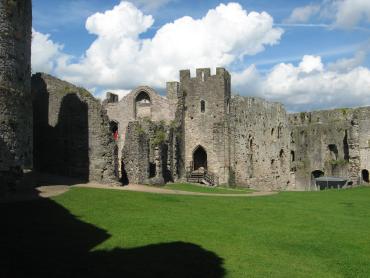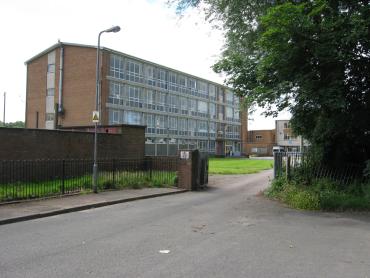
 |
|

Here we see a railway line.
The black line is the mainline, the dark blue line is the mainline,
the pale blue line is the river, red marks the main roads and
yellow marks marks minor roads. Dashed railway lines mark tunnels.
Now before you start to
close a railway you have to see if it is possible. If you want
to close the West Coast Mainline or the old Network SouthEast
then you will have to go through lots of silly paperwork and
would probably find it impossible to prove any case except that
some of the stock used to be a bit old - and we all know that.
That case also disappeared during 2005 with the end of nearly
all the old trains.
However, this innocent
little branch line will prove to us quite nicely how you go about
it.
At the top is the scoreboard,
showing the number of trains on the left and the number of buses
on the right. Period stock is used.
Start by eliminating any
service from the timetable which loses more than £1 per
year (petty cash is difficult to prove - it helps if you can
"prove" a loss of over £30,000). Preferably do
this in winter if the line goes to a beach resort, or in summer
if it goes to a mountain climbing or skiing one. Also get rid
of any spare excursion stock or engines you find lying around
in sidings out of season. |
|

Then you close any unprofitable
stations.
Now if you have a really
busy line, lots of people will come and use it from a long way
off because they know that if they miss a train another will
be along soon. Also, they know the line will be there if they
want it. When you cut down on the service, there are fewer trains
when people want them. They find other forms of transport, and
people like to standardise on things, like one form of public
transport and either a car or a taxi. So less people use the
railway and often forms of competition will appear. Therefore,
we now have a fleet of buses (probably pirate buses) emerging.
Now you close stations
which are unprofitable, or at least if they aren't they should
be. So the innocent stations which are some way from the main
road or a bit close to another station come out - with the benefit
that schedules get accelerated a bit and the disadvantage that
you lose the passengers furthest from the bus services.
White, as you may have
guessed, marks a closed station on an open railway.
Now you repeat the cycle. |
|

When you have as few DMUs
as possible, you lift the last section of double track and knock
it down to single. The section between the first two and last
three stations has now been singled, leaving an awkward double
track bit in the middle.
Now we have a minimal line
with very few trains - known in positive jargon as a "basic"
railway. Due to the long sections of single track, we have a
poor service to the top station. |
|

You can now proceed to
carry out various steps to improve reliability and value for
money - sell off the station buildings, downgrade the least used
stations to request stops and build a motorway (fat mid-blue
line).
You may also wish to single
the rest of the line, leaving the remaining intermediate stations
as passing loops - which is a great way to utterly screw up service
reliability, because any delays build up through the rest of
the day due to a lack of flex in the schedule.)
Due to this lack of reliability,
it may be advisable to avoid using the second unit on off-peak
services and run the railway on a "one diesel in oil"
basis. Of course, this makes peak services far more expensive
to operate because they use a second unit which sits around between
the peaks doing nothing and accordingly earning nothing. It's
cheaper to send the second unit off to operate somewhere else
- which is what we do next.
This has the effect of
halving the peak-time service frequency, causing grotesque overcrowding
and further loss of passengers. There is only one way to remedy
this. You axe the top half of the line and can use the time saved
to double the service frequency on the bottom half of the line
again. This can be marketed as a service improvement, despite
it just restoring what used to be a status quo. |
|

The abandoned bits of line
are used for road improvements (to ease access to the railhead)
and housing developments (which would probably have justified
the retention of the line if built a few years previously).
The rest of the route fails
to serve the large town at the top, so patronage topples, maintenance
of the two tunnels and the river crossing becomes unjustifiable
and the closure process is a mere formality. |
|

Also demolish the viaducts
(this is possible even with the listed ones), landscape tunnel
portals, and build on the stations.
Of course there is probably
going to be a preservation society trying to reopen the line
(there generally is), but the demolition of viaducts and redeveloped
stations mean that they'll never get anywhere.
It is not wholly unknown
for there to be a further step in this process - you annouce
that, in the absence of connecting traffic from the branch, the
mainline station is grotesquely underused and accordingly will
be shut as well.
(Insult can be added to
injury by taking out the mainline at the same time.)
In a few decades the inconvenience
caused by the closure of the railway will be remedied by converting
three miles of it into a cyclepath. |
|
|



